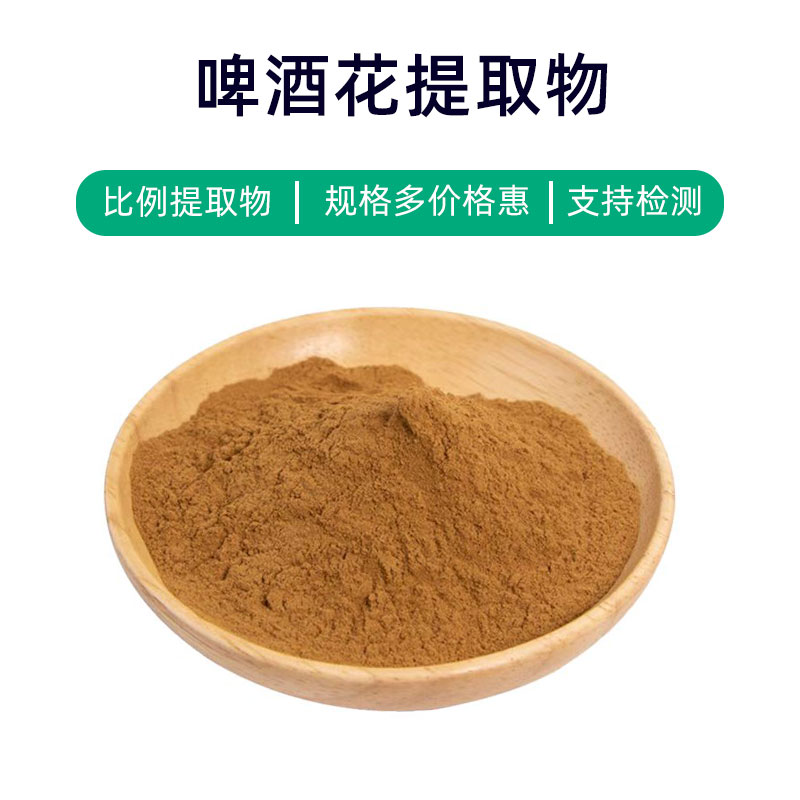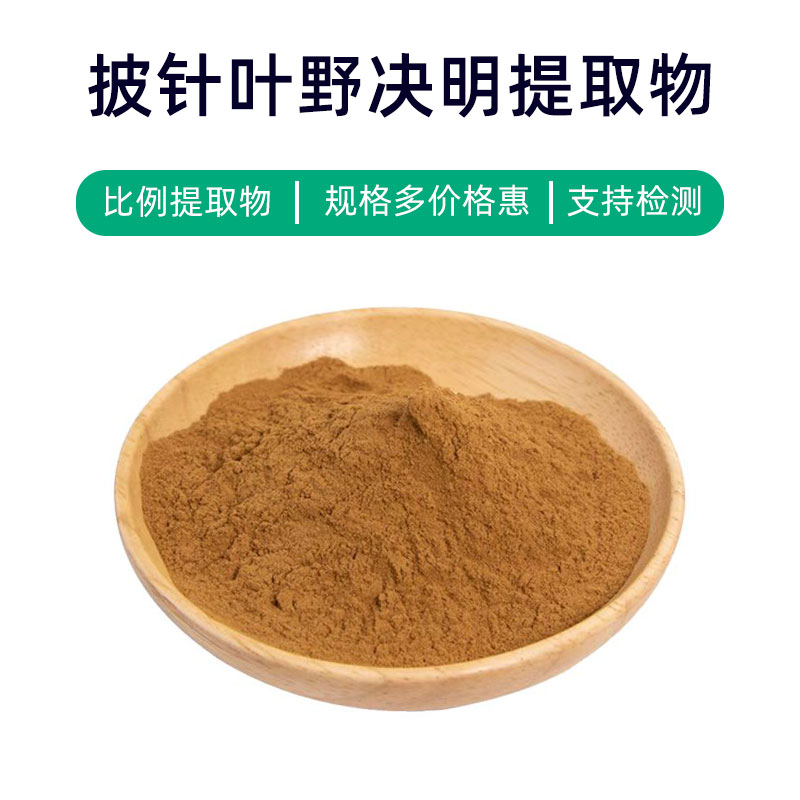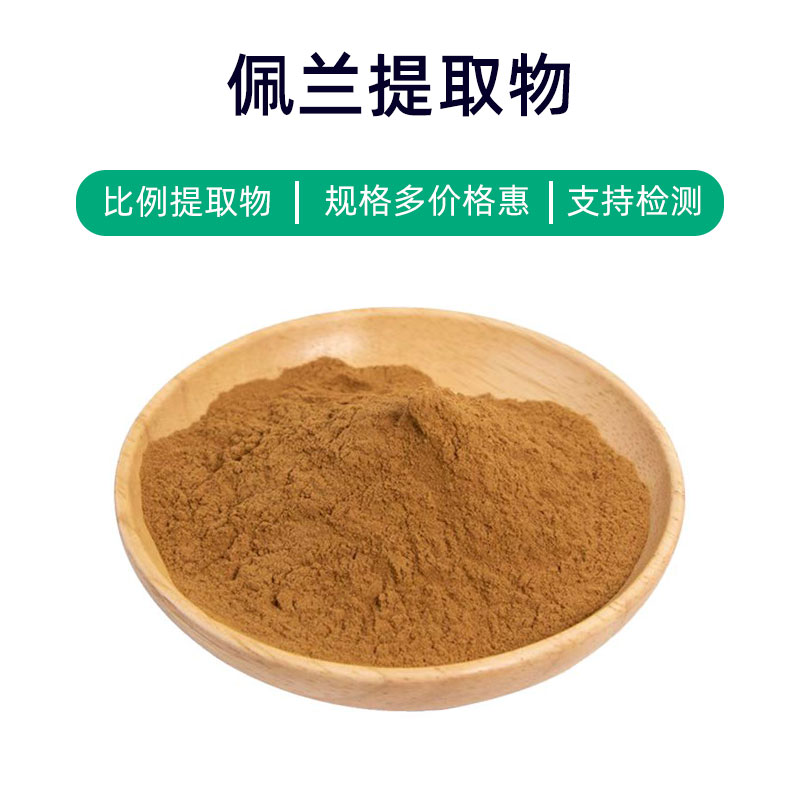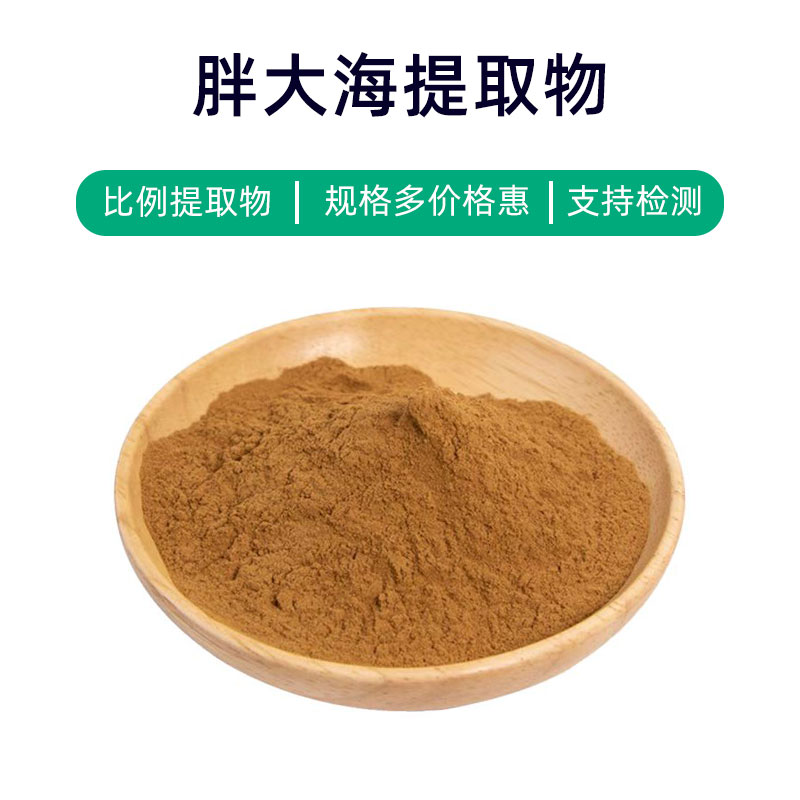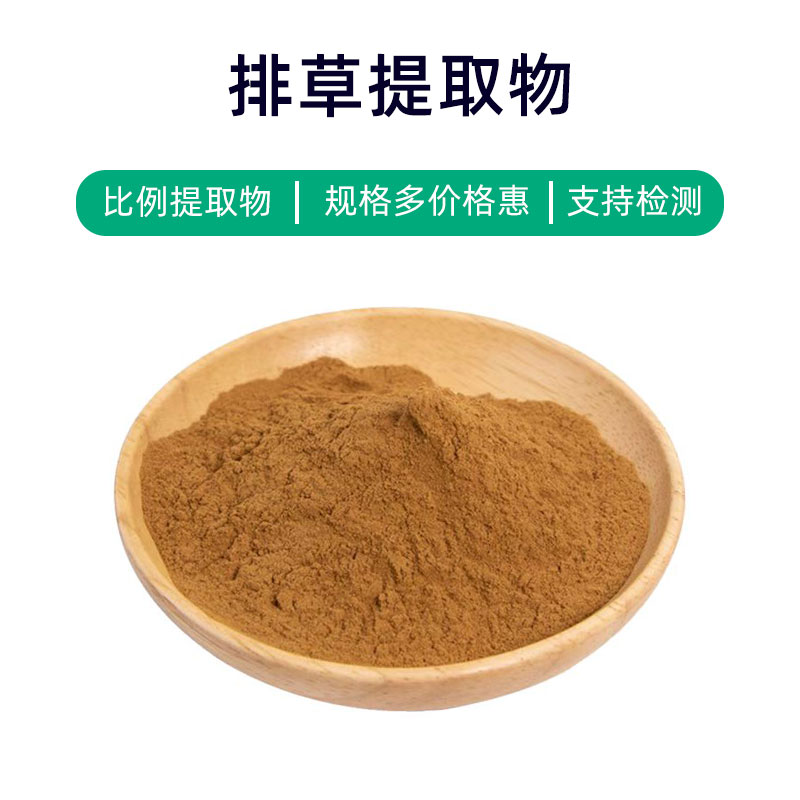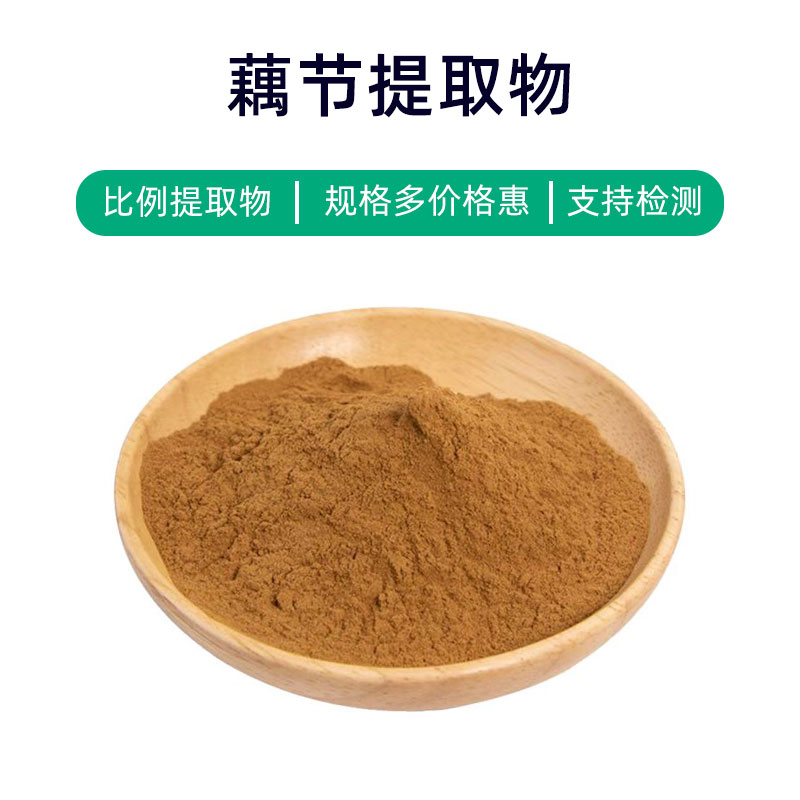Black Ginger Extract Product Introduction
Black ginger extract is derived from the root rhizome of the black ginger plant, primarily containing bioactive compounds such as curcumin and black gingerol. This extract has gained attention for its rich nutritional content and various health benefits.
Firstly, black ginger extract is rich in curcumin, known for its antioxidant, anti-inflammatory, and anti-aging properties. Curcumin can neutralize free radicals and reduce oxidative stress, aiding in cell health and slowing the skin aging process, making it significant in skincare products.
Secondly, black ginger extract also contains black gingerol, a rare polyphenolic compound with good antioxidant and anti-inflammatory effects, capable of improving skin hydration and elasticity, significantly promoting skin health.
In addition, black ginger extract possesses a range of bioactive components such as amino acids and trace elements, beneficial for overall health. In the medical field, it is utilized for immunomodulation and improving digestive system health. In health supplements and pharmaceuticals, it is often used as a natural nutrient to boost stamina, enhance resistance, and improve bodily functions.
Overall, black ginger extract showcases multiple benefits including antioxidant, anti-inflammatory, and anti-aging effects, making it widely applicable across health products, pharmaceuticals, and cosmetics, and it holds great market potential and health value as a natural nutrient.
Black Ginger Extract Production Process
The production process of black ginger extract generally involves the following steps:
- Raw Material Preparation: Fresh black ginger rhizomes are prepared as raw materials, cleaned and processed to ensure quality.
- Chopping and Crushing: The cleaned black ginger rhizomes are chopped into appropriate small pieces and then crushed with a grinder to improve efficiency in the subsequent extraction process.
- Extraction Process: The chopped rhizomes are placed in extraction equipment, using suitable solvents (such as ethanol, water, etc.) for extraction. Extraction time and temperature should be maintained within a certain range to ensure effective extraction rates.
- Solvent Recovery: The solvents used during extraction are recovered to reduce costs and environmental impact.
- Concentration: Solvents are removed from the extraction liquid through evaporation or other concentration methods to obtain concentrated black ginger extract.
- Filtration and Purification: The concentrated extract undergoes filtration and purification to remove impurities and unwanted components, enhancing the product's purity and quality.
- Drying: The purified black ginger extract is dried to lower moisture content, increasing stability and shelf life.
- Grinding and Packaging: The dried black ginger extract is ground or milled into a fine powder and packaged to ensure product quality and safety.
This outline represents a typical production process for black ginger extract; different manufacturers may adjust or add specific steps according to their specific situations to achieve better production outcomes and product quality.
Efficacy and Side Effects of Black Ginger Extract
Black ginger extract, sourced from the rhizomes, has various benefits, but it is important to note that specific information related to treating diseases cannot be provided here. Below are general efficacy and uses of black ginger extract:
- Antioxidant Effects: Rich in various antioxidants, black ginger extract helps combat damage from free radicals, protecting cells from oxidative stress.
- Anti-inflammatory Effects: Studies indicate that active components in black ginger extract possess anti-inflammatory effects, alleviating inflammation and discomfort.
- Immunomodulatory Effects: Black ginger extract may assist in regulating immune system function, boosting the body’s resistance to illnesses.
- Antimicrobial Effects: Some studies show that black ginger extract has inhibitory effects on certain bacteria and fungi, helping to prevent and control infections.
- Anti-aging Effects: Active components in black ginger extract can promote collagen production, aiding in maintaining skin elasticity and delaying aging.
- Gastrointestinal Protection: Some studies indicate black ginger extract has protective effects on the gastrointestinal tract, helping alleviate issues like indigestion and gastritis.
- Blood Sugar Regulation: Research suggests that black ginger extract may help regulate blood sugar levels, assisting in controlling fluctuations.
- Memory and Cognitive Function Improvement: Some studies suggest that black ginger extract may improve memory and cognitive function, potentially aiding in the prevention of cognitive disorders.
It should be noted that individuals may react differently to black ginger extract; some may have allergies or adverse reactions. Therefore, it is advisable to follow medical advice or product instructions and avoid exceeding recommended dosages or prolonged use. For specific health conditions, consulting a doctor or professional healthcare provider is recommended.
Application Scenarios and Dosage of Black Ginger Extract
Black ginger extract has applications in pharmaceuticals, food, and cosmetics. Below is a detailed overview of its application scenarios and recommended dosages:
- Pharmaceutical Applications:
- Anti-inflammatory and Pain Relief: Black ginger extract's anti-inflammatory properties can relieve pain related to arthritis and rheumatism. Generally, external preparations like tinctures or patches are used.
- Immunomodulation: It can aid in regulating immune function, enhancing resistance to infections. Common forms include oral granules and capsules.
- Anti-aging: Utilized in anti-aging cosmetic products, promoting collagen production and improving skin elasticity. Typically found in creams and serums.
- Food Applications:
- Flavor Enhancement: Black ginger extract offers a unique scent and taste, suitable for enhancing seasonings and enriching food flavor.
- Nutritional Supplements: Containing rich bioactive components, it can be used to produce health foods with antioxidant and beauty effects, typically in oral liquids and capsules.
- Cosmetic Applications:
- Antioxidant Hydration: Black ginger extract effectively combats free radicals, protecting skin from environmental damage and providing good antioxidant and moisturizing effects. Suitable for facial skincare products like serums and creams.
- Whitening and Brightening: It can help condition the skin and reduce pigmentation, used in products like masks and lotions.
Dosage Guidelines:
- Pharmaceuticals: As per medical advice or product instructions; typical oral dosages range from 10-20mg per administration, 1-3 times daily; external forms should follow specific product instructions.
- Food: Dosages should adhere to production processes and food safety standards, generally between 0.1%-0.5%.
- Cosmetics: Should be added according to formulation requirements, typically at concentrations of 0.1%-1%.
It is crucial to adhere to relevant regulations and standards for usage and dosage to ensure product safety and effectiveness. Individuals with allergies or specific conditions should use under the guidance of a doctor or professional. Additionally, product quality and stability should be strictly controlled and monitored during production.
Introduction to the Source Plant of Black Ginger Extract: Distribution and Growth Environment
Black ginger (scientific name: Kaempferia parviflora) is a perennial herbaceous plant, belonging to the ginger family, also known as "Thai black ginger" or "black chicken white ginger." It is a common medicinal plant. Below are detailed introductions to the black ginger plant's source, distribution, and growth environment:
- Black Ginger Plant Introduction:
Black ginger is a tuberous plant, with fibrous rhizomes that are black on the outside and brown on the inside. Its leaves are long and oval, leathery, and shiny. The flowers are white or light purple, with a short blooming period. The roots and rhizomes contain rich active components, widely used in medicine and health products. - Distribution of Black Ginger Plants:
Black ginger is native to Southeast Asia, primarily found in Thailand, Laos, Cambodia, and other regions, making it a common herbaceous plant in those areas. It is also found in the southern parts of China, either growing wild or cultivated. - Growth Environment of Black Ginger:
Black ginger thrives in warm and humid environments, typically growing in mountainous or hilly areas at altitudes of 200-800 meters. It prefers loose, well-drained soil. The growth environment has specific requirements for temperature, humidity, and soil composition; suitable conditions can promote the growth of rhizomes and the accumulation of active components. - Cultivation and Harvesting:
Black ginger is generally propagated by tubers or root division, with a long growth cycle, typically requiring 2-3 years to reach harvest. During cultivation, careful attention is needed for appropriate fertilization, soil moisture management, and drainage to maintain suitable growing conditions. Harvesting usually involves selecting mature rhizomes, followed by cleaning, drying, and processing to extract the active components to produce black ginger extract.
Overall, as an important medicinal plant, black ginger's source plants exhibit a wide distribution and specific growth environment requirements. Proper cultivation and harvesting methods are crucial for ensuring product quality and yield.
Processing and Storage of Black Ginger Extract
The processing steps for black ginger extract typically include: first, washing and peeling the rhizomes, then slicing or crushing them into appropriate size, followed by extraction using methods such as water extraction or ethanol extraction. Finally, steps including concentration and drying are performed to produce black ginger extract.
For storage, black ginger extract should be kept in a dry, cool place, avoiding direct sunlight and humid environments, while being sealed properly to prevent oxidation and moisture from affecting product quality. Correct processing and storage methods help maintain the active components and quality of black ginger extract effectively.
Monica Sun is a seasoned expert in the plant extraction industry with over a decade of experience in research and production. She specializes in the extraction and purification of plant active ingredients, focusing on driving innovation in natural product applications. Monica has participated in the development of multiple functional plant extracts, delivering high-value natural raw material solutions for the health food, pharmaceutical, and dietary supplement sectors.









